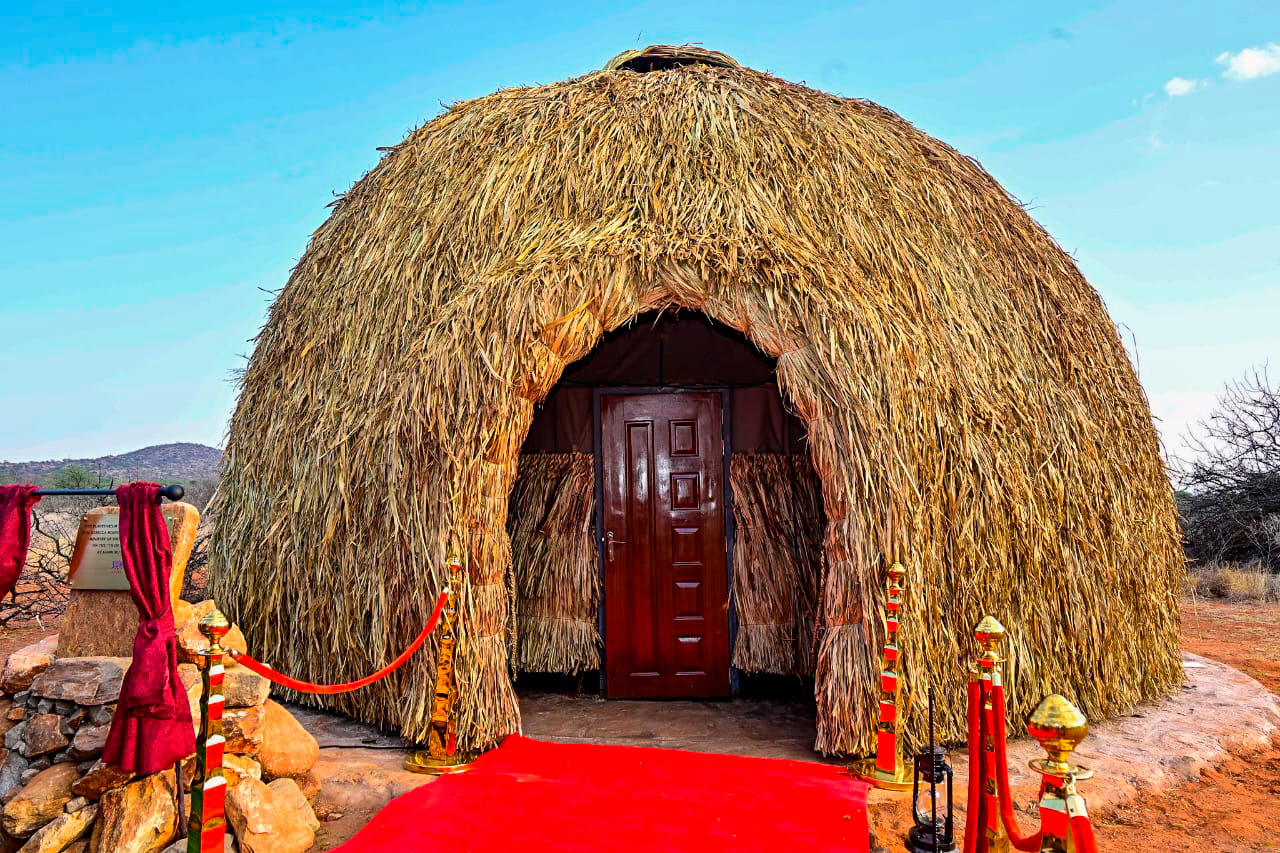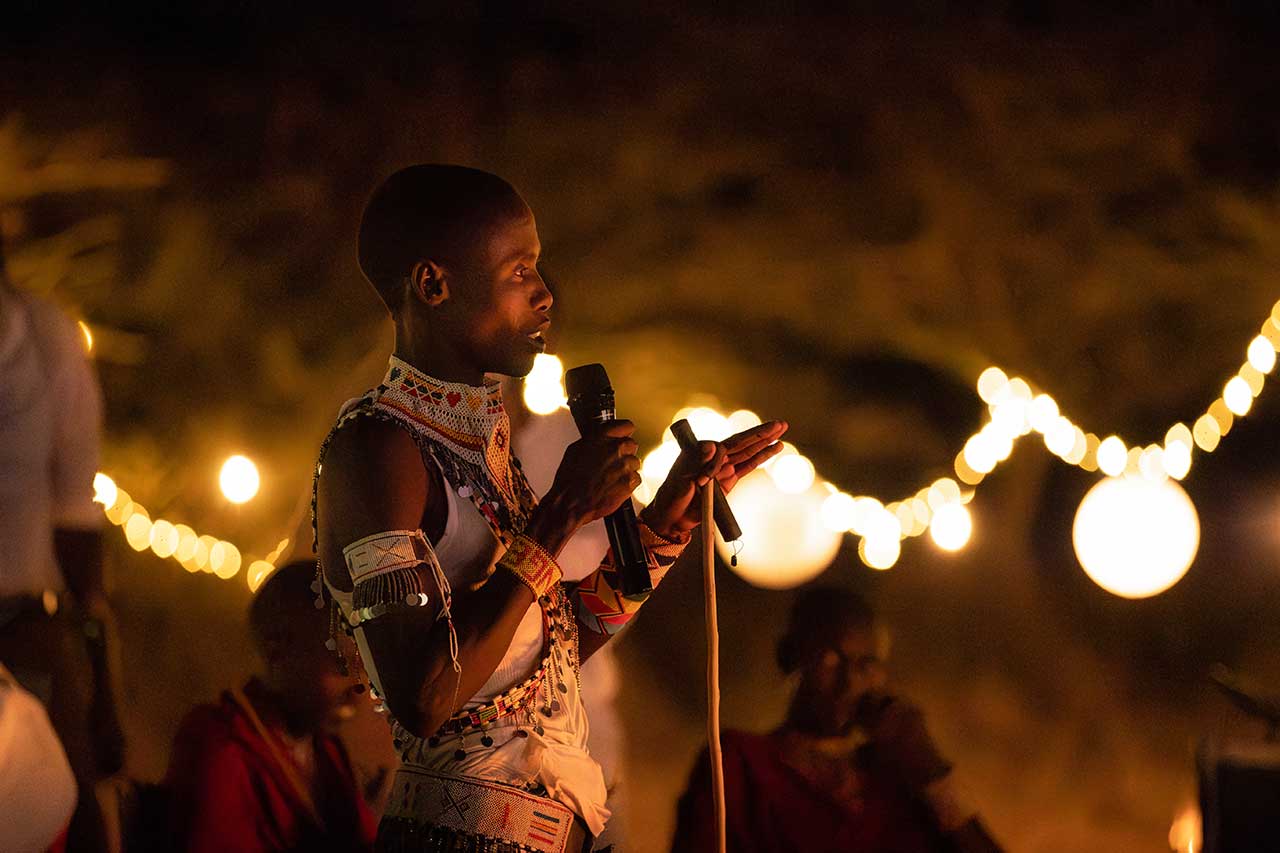What Is Astro-Tourism?
Astro-tourism is a niche travel experience that combines stargazing, astronomy education, and cultural storytelling. It is designed for curious minds, whether seasoned astronomers or first time skywatchers who seek meaningful connection with the universe.
At Samburu Sopa Lodge, guests explore celestial phenomena through guided night sky tours with our trained Samburu cultural astronomers,private dinner under the stars, telescope sessions, a trip to the universe at the planetarium and immersive cultural narratives that bring the stars to life.
The Planetarium Experience

Our planetarium, uniquely designed in the shape of a traditional Samburu manyatta, offers a captivating indoor journey through the cosmos. Using advanced projection technology, guests can explore constellations, planetary movements and cosmic events in a controlled environment, ideal for daytime learning or evenings. It is a space where science meets visuals that can push time into the future or the past, and where the universe becomes accessible to all.
A Commitment to Eco-Tourism

At Sopa Lodges, sustainability and community empowerment are at the core of everything we do. Through Astro-Tourism, we create meaningful jobs for local guides and celebrate culture through immersive storytelling. Every guest experience contributes to preserving nature, honouring heritage and uplifting the community. This is travel with purpose; impactful, authentic and unforgettable.
Astronomical Calendar
Astro-Tourism FAQs
What is Astro-tourism?
Why is Samburu the Ideal destination for stargazing?
- Kenya is located on the equator, which allows VVIP views of both the Northern and the Southern Hemispheres.
- Our unique geo-location; Samburu has clear, unpolluted and uninterrupted night skies that allow for clear views of the skies and its celestial bodies.
- Samburu community has deep cultural knowledge, values and stories making it the ideal destination for this new innovation.

